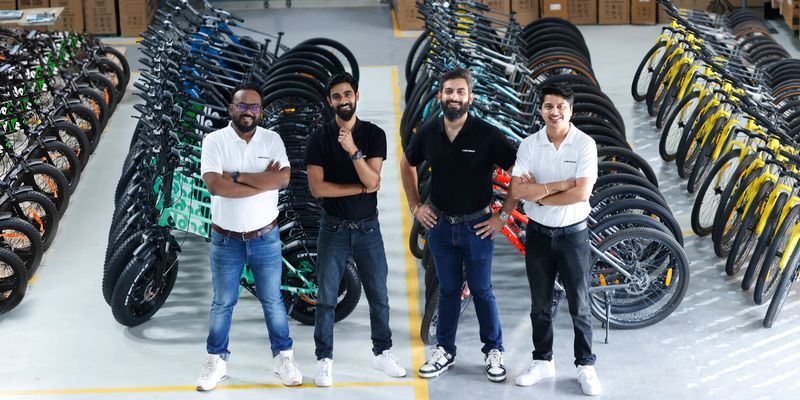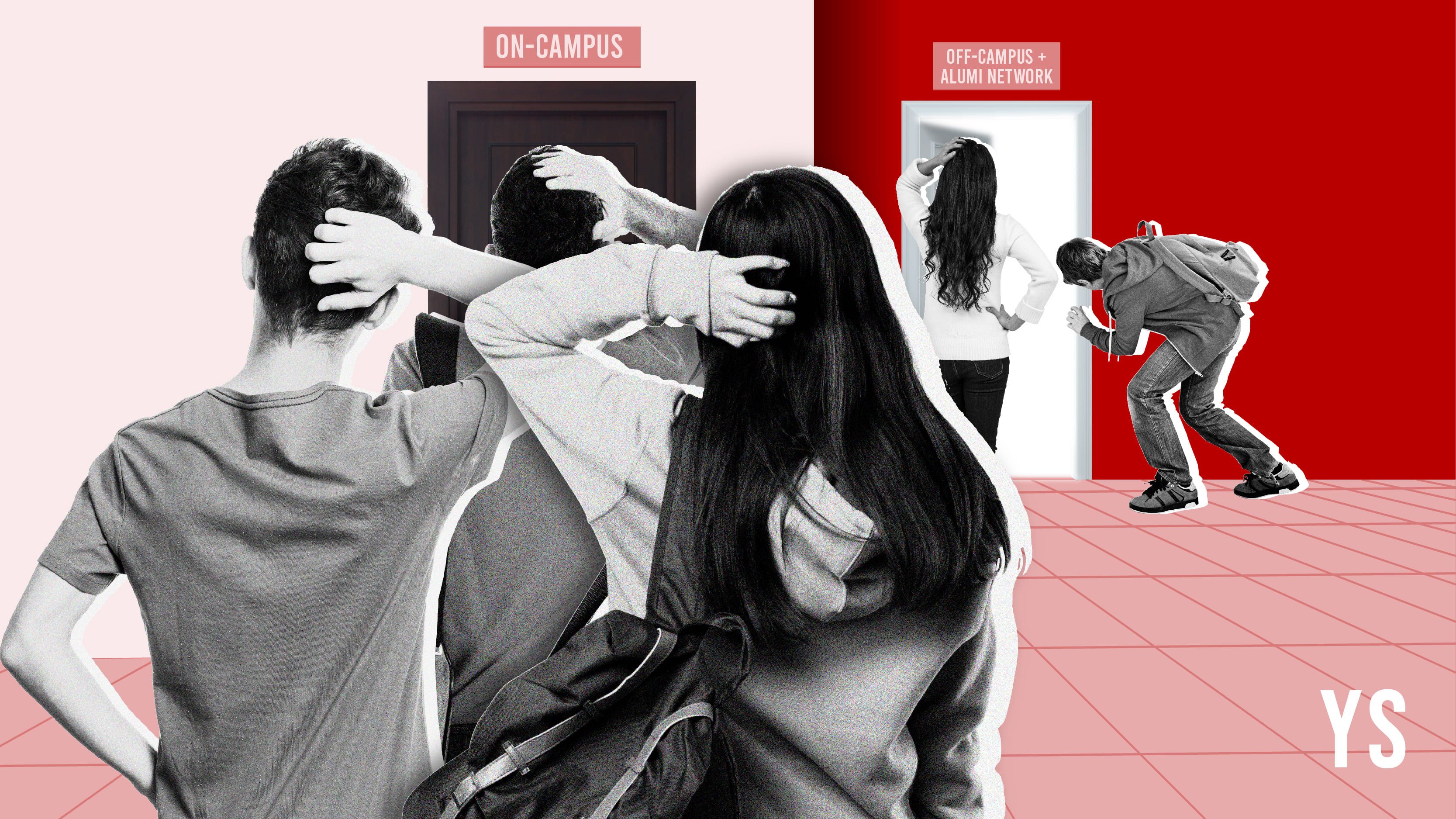What Makes a Social Entrepreneur?
Monday February 01, 2010 , 5 min Read
In an article in India Knowledge@Wharton, Abraham George, founder of The George Foundation, questions the effectiveness and validity of many so-called social entrepreneurs and writes about the myth of the BoP consumer. He starts with the common definition of social entrepreneurs as those who focus on the double bottom-line – profitability and the impact on society. However, the term is easy to abuse and Abraham points to the microfinance industry as an example,
Today, many ventures claim to be social enterprises, some with the professed goal of poverty alleviation. However, in the frenzy of associating with social good, many of their assertions are not scrutinized sufficiently. In the absence of precise conditions to validate their claims, it is difficult to identify the entrepreneurs whose main goal is wholly focused on reducing poverty.
Subsequently, a new microcredit industry mushroomed in developing countries, with most providers claiming that they can lend money profitably to the poor. They present themselves as organizations serving the BoP, and by default, the poor. However, there is reason to be skeptical about their motives, business practices, performance and the benefits they offer. Usually, the general public believes that microcredit and other for-profit companies primarily operating in the rural parts of developing countries have made poverty reduction one of their primary goals.
He then analyzes ventures that claim to market to the BoP market and alleviate poverty,
A for-profit venture that claims to be a social enterprise alleviating poverty must meet at least one of the following criteria:
– Offer technical, material or financial assistance to enable the poor to engage in family-run businesses, with returns to investors generated from products made from the activities (producing dairy products from cows and buffalos, making designer quilts and cushions sold at attractive prices to affluent consumers and so on).
– Employ and/or train proportionately significant numbers of poor people in its main business activity (for example, making mosquito nets or processing vegetables) rather than using them as sweepers, porters or other cheap manual labor.
– Produce or offer essential products or services (health care, education, housing, food, clean water and the like) at affordable prices to people who earn US$2 or less a day.
– Make credit available to poor people at reasonable rates (no higher than twice the rate charged by banks to their creditworthy clients) for personal or business uses without unfair or unethical lending practices.
While many BoP ventures claim to be selling services to the poor, Abraham argues that if we strictly define this group as people earning less than USD 2 a day, it is not possible to engage them as consumers without poverty alleviation.
Unfortunately, in most definitions, people earning less than US$2 a day are grouped under the BoP umbrella along with others earning as much as US$13 a day. Granted, people composing the BoP are far from homogenous, and the multifaceted nature of poverty makes a consensus definition of the BoP elusive. However, the consumption pattern in the lower half of this wide range is different from the upper half. Numerous studies show that people in the former group spend all, or nearly all, their income on essentials. To view this population as potential consumers is grossly inaccurate; they try to survive each day on what little income they earn.
The trouble with Prahalad’s claim of a fortune waiting to be made is his assumption about the purchasing power of the BoP population living on less than US$2 per day per person. Affordable consumer goods can raise the standard of living of the poor, but first their incomes must rise to have any sort of purchasing power.
Abraham concludes with the point that many social enterprises are actually providing goods and services for the Middle of the Pyramid – the group with some discretionary income. By engaging the BoP as producers and entrepreneurs, many people of this group can move into the MoP and become viable consumers. However he argues that such a program is not simply attainable via microfinance – it needs significant involvement of Government, NGOs and donors.
Only through hands-on, third-party guidance and direct assistance in the form of donations can the poor hope to be engaged in sustainable activities. Businesses started with loans carry the heaviest burdens and are often forced to fold because of a lack of capital if a loan needs to be repaid and, as is often the case, the family incurs even more financial obligations. What the poor want today to improve their lives is not microloans they cannot afford to repay, or the innovative products they cannot buy even at very low prices; they need steady jobs and income-generating assets, such as animals and cultivable land, without incurring debts as a result.
Many of Abraham’s views echo those expressed by BoP critic Aneel Karnani in his articles, Romanticizing the Poor and Fortune at the Bottom of the Pyramid: A Mirage.
Read the full article: Will the Real Social Entrepreneur Please Stand Up?










